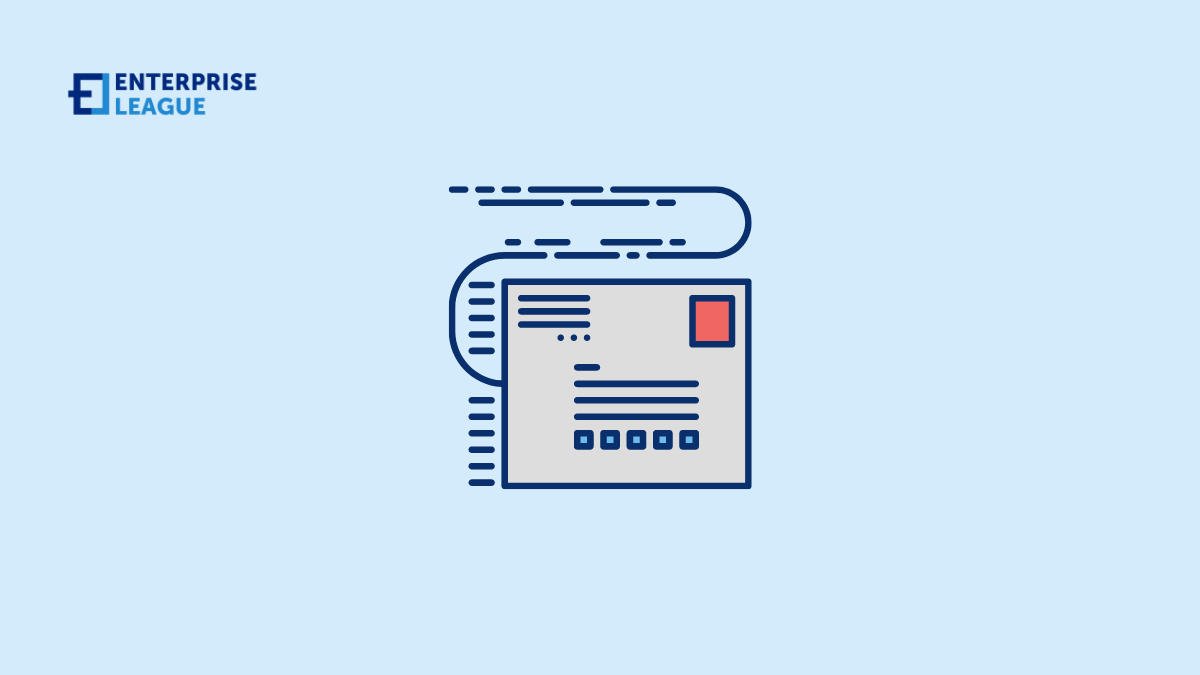Writing a letter nowadays may be deemed outdated. As such, people rarely practice or learn how to write a compelling business letter. The prevailing means of collaboration is email, with concise messages that adopt an almost universal presentation. But people do write letters in the contemporary business world. You may be surprised to learn that mailing is still an active and most preferred method of formal correspondence.
You may need to pen down a compelling application cover letter, a letter of interest, an invitation to speak at an event, a stakeholder invitation, and many more. With these types of engagement, formal writing is inescapable. An email will often become the last option or just a means for sharing the documents. For these reasons, you may want to sharpen your skills for your next job application or stakeholder invitation.
3 steps to writing an effective business letter
Let’s have a loot at some effective steps for writing a business letter.
Compose yourself
In any formal writing, you must understand the objective of the correspondence. You must also learn about your audience and know how to capture their attention. Writing business letters compels you to gather more details about the company you are writing to and the target recipient.
Tip: Ensure you have the correct information, such as addresses, titles, language, and gender. You don’t want to offend your reader with the first correspondence. This search for knowledge aims to enable you to make a lasting first impression.
Select a format
Business letters can adopt any of the three most common letter formats. One is the block format, which aligns all the letter elements to the left of the page. This is the preferred presentation style as it is neat and appealing to the reader. Here, you skip a line between paragraphs to maintain the appearance.
Another one is the modified block format, which is slightly similar to the block format with a few elements not justified to the left. The sender’s address, the date, signoff, and signature begin at the center of the page. All the other elements appear flash left with no indentation.
The third option is the semi-block format. This one is similar to the modified block with indented first lines for all paragraphs. Here you don’t have to skip a line between paragraphs. The sender’s address, date, signoff, and signature start at the center of the page.
Tip: Always select the block format for formal business letters to take advantage of the neatness.
Write your letter
With the knowledge about the recipient and a preferred format, you now need the composure to pen that compelling message. A business letter has several sections. Each must retain the accuracy, detail orientation, and simplicity required to demonstrate professionalism.
Format and tone
If you feel like you need help with a business writing, address professional letter writing services that offer personalized assistance with all sorts of essays including business letters. Online experts respond 24/7, so you can place an order and get polished templates of your letters composed by a professional writer.
Sections of a business letter
Let us breakdown all the sections of a professional business letter:
Your contact information
This section contains your address. It informs the reader about the source of the letter and where to address the reply if necessary. Make sure to provide accurate details, including:
-
- Address,
- City, Zip Code
Tip: Do not include your name and title at this point. Your name appears at the signoff. You may also exclude the sender’s address when using a letterhead.
The date
Below your contact information appears the date the letter was written. If you take several days to compose your message, you should indicate only the date you finished. At this point, your knowledge of the audience starts to show. You must format the date in a manner that your recipient is most likely to understand. For instance, Americans prefer the Month-Day-Year format, while Britons use Day-Month-Year. You must then format your date correctly to avoid confusion.
Recipient’s contact information
Remember the research you conducted when composing yourself to write the letter? This is the point where you start indicating the knowledge you gathered. Here you indicate the recipient’s details, including;
-
- Name
- Title
- Company
- The Company’s Address
- City, State Zip Code
Tip: Always write to a specific individual, indicating their correct details and title. Avoid using generic titles such as Manager. Instead, state the actual position to demonstrate your knowledge and focus. Always respect the titles and qualifications when addressing professionals. Use Dr. instead of Mr. Mrs. or Ms. when referring to a PhD holder or a practicing doctor.
Salutation
Use the name of the target audience in salutation, indicating their preferred title and name. If you know them directly or have an informal relationship with them, you can use their first name. Otherwise, use only the last name. Begin the salutation with Dear, followed by the title, then the name. If you are unsure of the gender or sex of the addressee, use a nonsexist salutation or the full name of the respondent.
-
- Nonsexist Example: Dear Elon Musk
- Formal Example: Dear Mr. Musk
- Professional Example: Dear Dr. Musk
- Informal Example: Dear Elon
The body
The first paragraph of the body is the introduction section. Here, you grab the reader’s attention with a compelling statement introducing them to the issue or reason for writing. Avoid generic or archaic phrases like I hope this finds you well. Maintain the focus on the topic precisely and concisely.
The rest of the body paragraphs represent a reason for writing and a pitch for your ideas or strengths. This is where you justify the importance of your message with a short explanation or description of the issue. Provide a background of the discussion.
The last paragraph restates the purpose of the letter and thanks the recipient. You may also offer to answer questions arising from the correspondence. This indicates your availability for a response. However, you should minimize this to one or two sentences.
The Closing
Select a professional closing salutation such as sincerely. Skip four lines between the closing and the sender’s name for the signature. Indicate the number of enclosures after the sender’s name, if any.
Example: Enclosures – 3
Punctuation
Use a comma between the city and the zip code in the address section. Avoid using commas after each line of the address. Only use a comma between the day and year in the American date format. Use a colon after the salutation. Use a comma after the closing. Avoid informal closing salutations such as Regards. Do not use any punctuation after the sender’s name. Use the correct punctuations and spellings within the paragraphs.
Proofreading
The final step in any writing is proofreading. Check for typos and grammar errors before sending your letter. You may also ask a trusted friend or colleague to review the document and advise if any adjustments are necessary. Countercheck the company details and addresses one last time before sending the letter.
More must-read stories from Enterprise League:
- Entrepreneurs over 70 that have defiled old age.
- Find out exactly what to do when a client refuses to pay.
- 15 amazing guerrilla markeing ideas that business owners should know about.
- Learn what is customer focus strategy and why it should be a priority for your business.
- Be aware of these harmful effects of social media in the workplace to protect your work environment.
Related Articles
8 essential skills you need to run a successful business
We will go through the eight critical skills that entrepreneurs and business leaders need to master to establish flourishing and enduring businesses.
6 ways higher business education can propel your career advancement
High business education not only enhances ability to perform in current roles but also opens up new pathways for career advancement, leadership opportunities.
How remote IT services catalyze small business growth
Stick around while we walk you through the perks of remote IT services for reducing costs and accelerating growth and success in a small business context.
8 essential skills you need to run a successful business
We will go through the eight critical skills that entrepreneurs and business leaders need to master to establish flourishing and enduring businesses.
6 ways higher business education can propel your career advancement
High business education not only enhances ability to perform in current roles but also opens up new pathways for career advancement, leadership opportunities.






